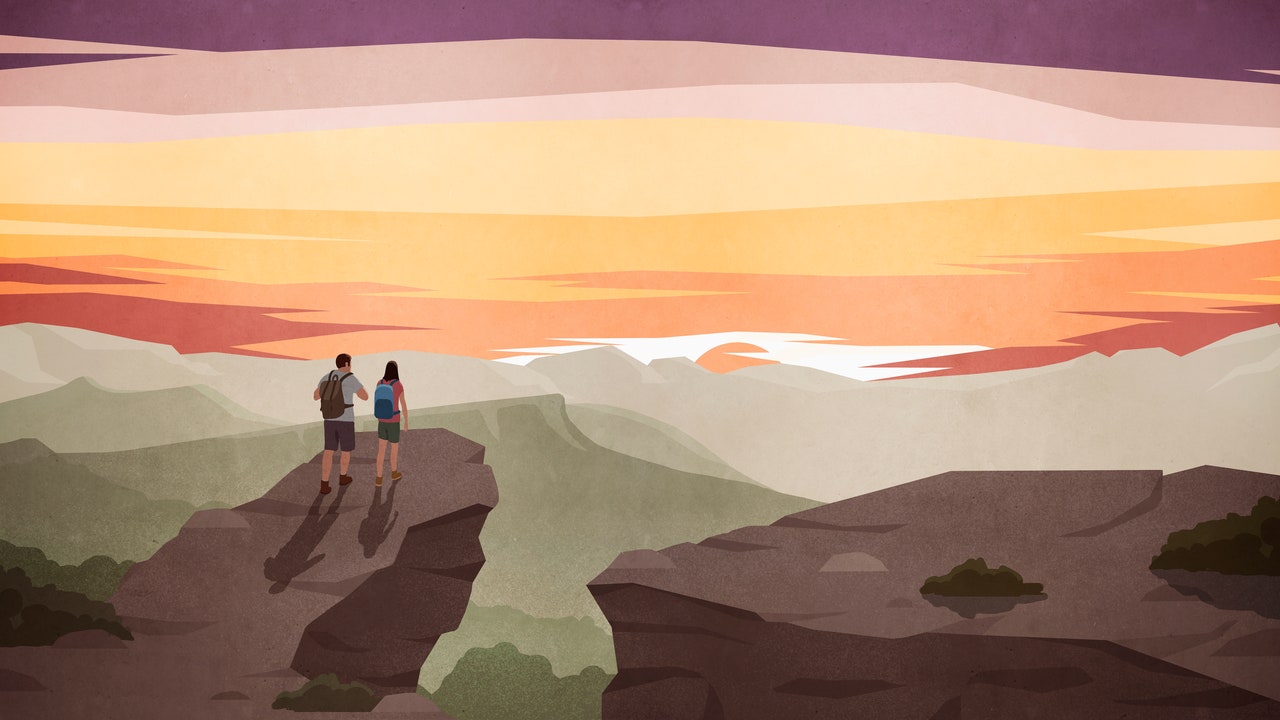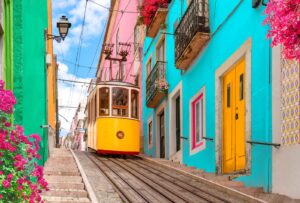What Does the Phrase “Slow Travel” Actually Mean?
3 min read
This is part of a collection of stories on slow travel—read more here.
For about a decade, Paul Salopek, a Pulitzer-winning journalist, has been walking. By that, I don’t mean he’s consistently hit his 10,000 steps on daily constitutionals. In 2013, Salopek set out on the Out of Eden Walk, a project to follow the 80,000-year-old footsteps of our forebears, following the 24,000-mile route of human migration from Ethiopia to the southern tip of South America—all on foot just as they had done. Salopek’s still-unfolding, extraordinary journey might be considered the ultimate experiment in so-called “slow travel,” a term that is being used more and more frequently to describe everything from backcountry bikepacking expeditions to mega-ship cruises. But when I reach Salopek on Zoom to ask him about it, he is in the Chinese province of Shaanxi and is audibly confused about what the term even means. “There’s been no other way but ‘slow travel’ for 99 percent of our history,” he says. “I guess in today’s world to premise anything on going slowly is revolutionary.”
It’s hard to pinpoint its exact beginnings but the slow travel revolution—an intentional move towards more mindful, more environmentally responsible, less purely convenient modes of getting around—organically emerged from another revolution. In 1986, a journalist named Carlo Petrini, in the most Italian protest ever conducted, handed out bowls of penne pasta to passersby and demonstrators who yelled, “We don’t want fast food. We want slow food!” The target? A McDonald’s, the first in Italy, set to open at the foot of the Spanish Steps in Rome. The McDonald’s did indeed open, and is still there, but by actively resisting the very concept of fast food, Petrini started what became known as the slow food movement, a culinary practice that emphasizes natural ingredients, traditional cooking methods, and long, languorous meals where food is relished rather than treated as fuel.
If slow food is defined, at least partially, by what it’s not, then the same can be said for slow travel. Slow travel can be best understood as a collective reaction to our post-industrial obsession with convenience, where time, and using as little of it as possible, is the biggest priority in getting from point A to point B. Some have tried to give slow travel a more concrete definition. In 2010, for example, a decade before the coronavirus pandemic saw skyrocketing interest in trekking, cycling, and domestic trips, two tourism researchers out of the UK, Janet Dickinson and Les Lumsdown, wrote that slow travel was “an emerging conceptual framework which offers an alternative to air and car travel, where people travel to destinations more slowly overland, stay longer and travel less.” Seems simple enough. Take a train, a bike, kayak, or your own two feet instead of a plane and car and just like that, you’ve taken your vow of mindfulness; welcome to the church of slow travel?
Of course, like any trend that starts with a kind of radical thoughtfulness, the definition of slow travel gets slippery with the more questions you ask. What if, on that train ride, you do nothing but scroll on TikTok? What if the place and the people you really want to get to know and learn from are just too difficult to reach without getting on a plane, because of other obligations, money, or a disability? Does that disqualify you? Run a Google search of slow travel and you won’t need to scroll long before you’re accosted with shiny images of beautiful people on pristine beaches and “must-have” checklists for worthwhile “slow travel” experiences. What if you can’t afford the five-digit price tags associated with the two-week yacht trips, luxury train rides, and wilderness resorts that market themselves as the ultimate in slow travel indulgences?



